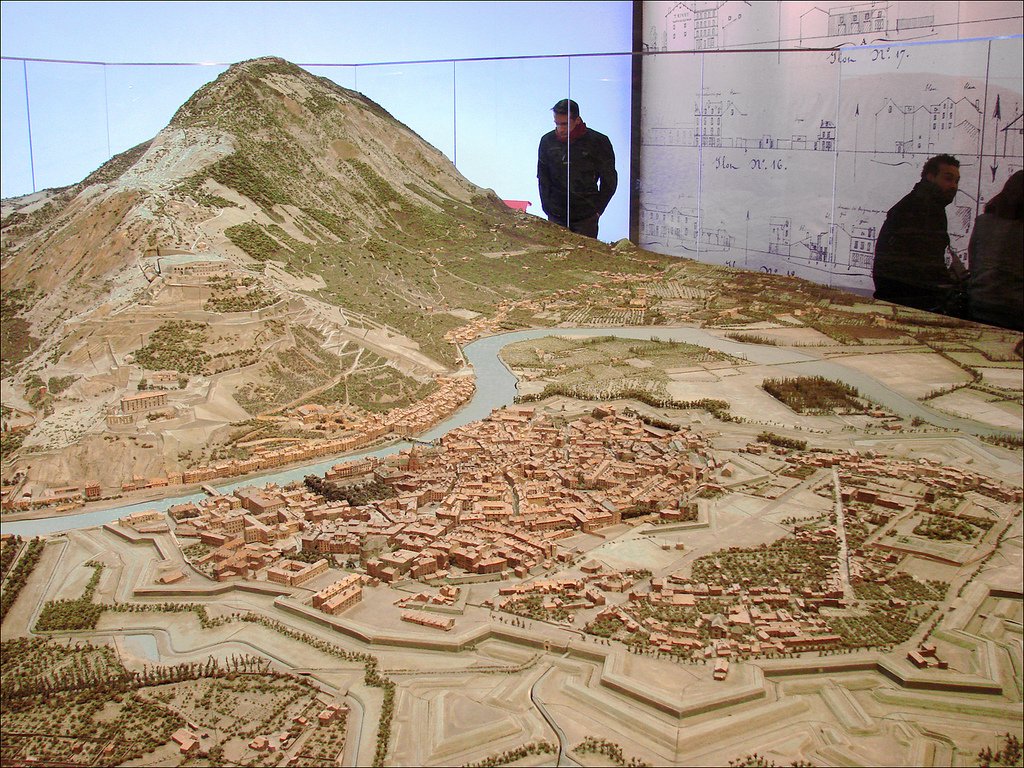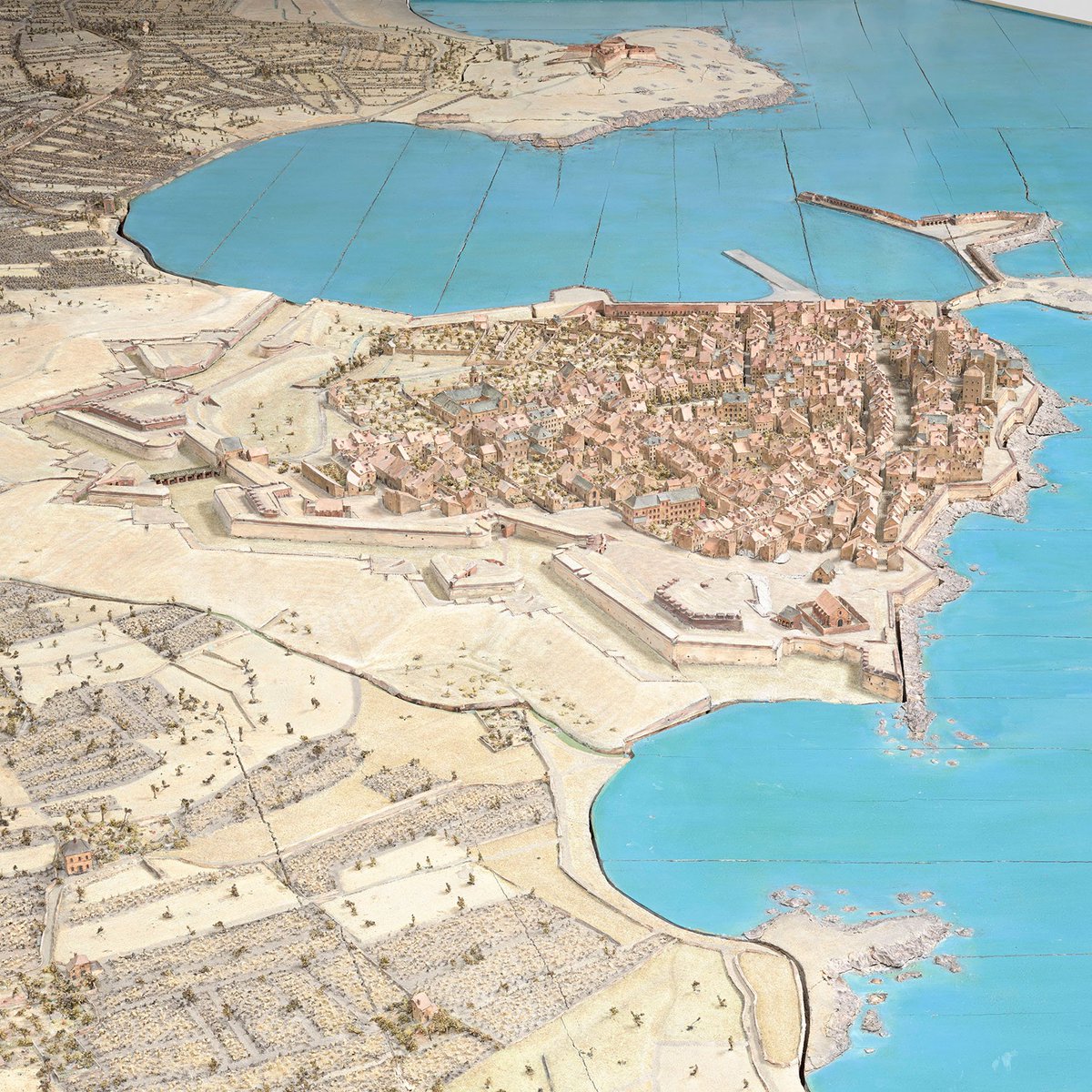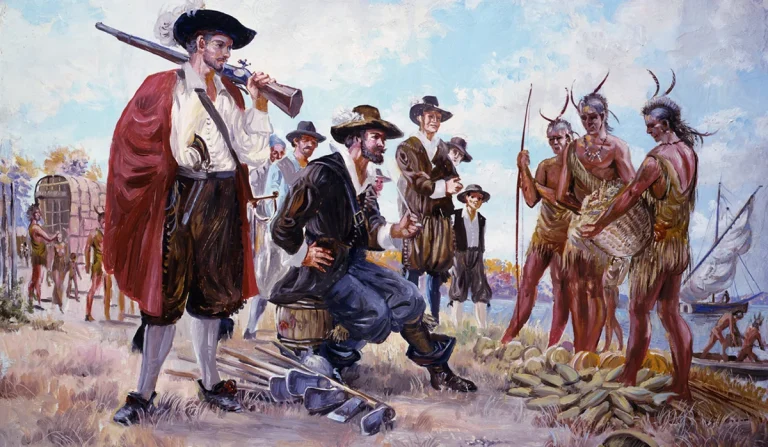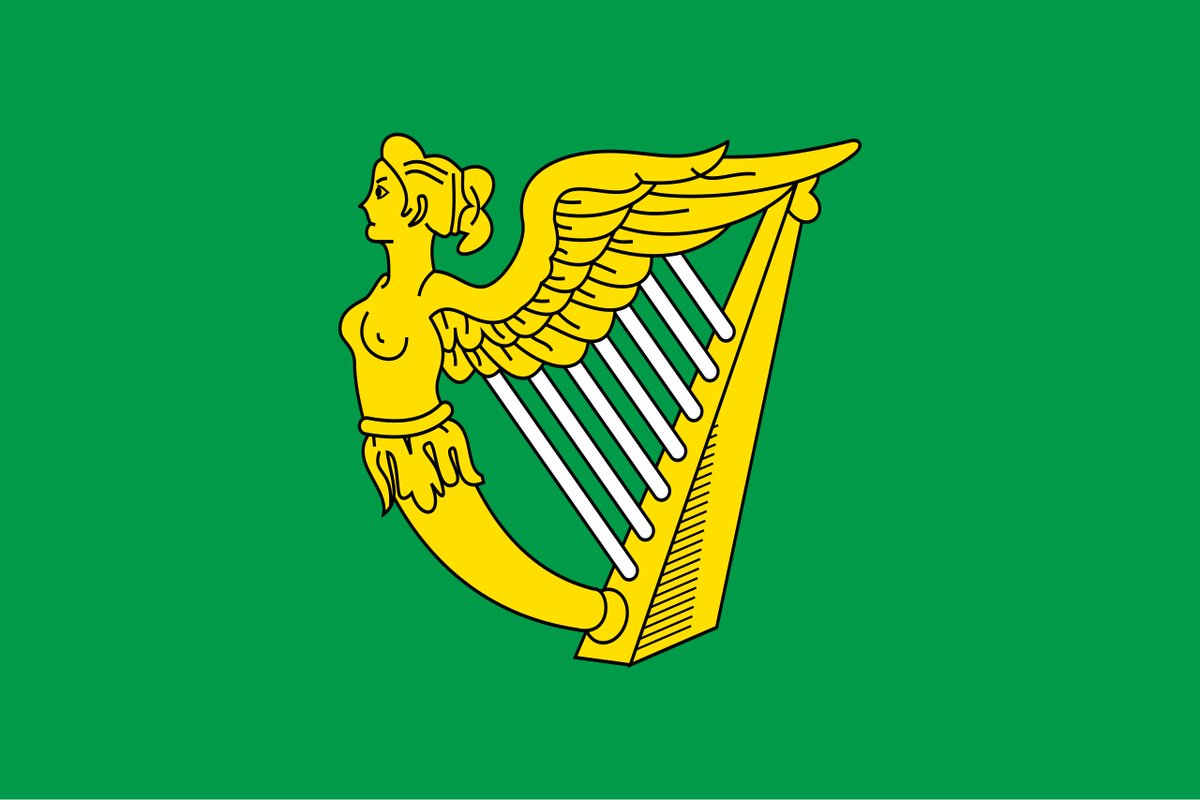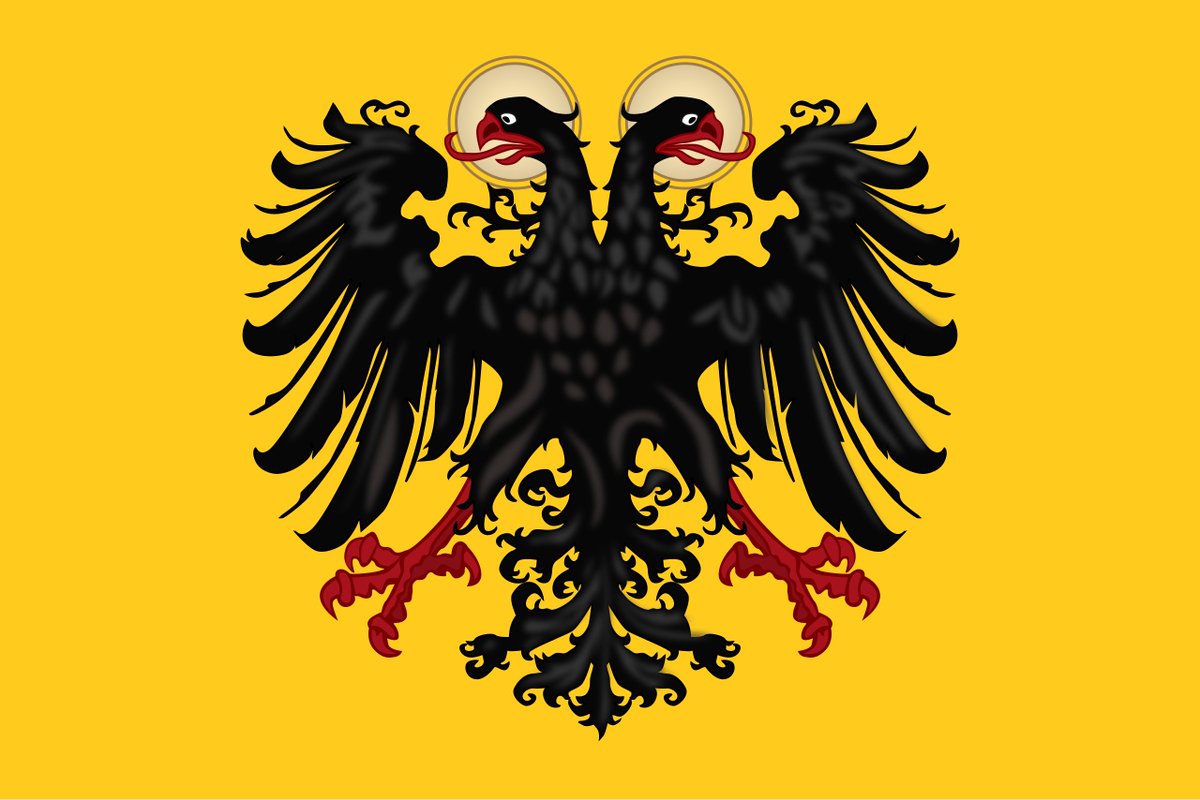Women taking up arms to help defend their cities is nothing new in European history. During medieval and early modern sieges there were many recorded cases of women helping the defenders in combat. Some even became legendary folk heroines.
Here are some examples I encountered.

Here are some examples I encountered.
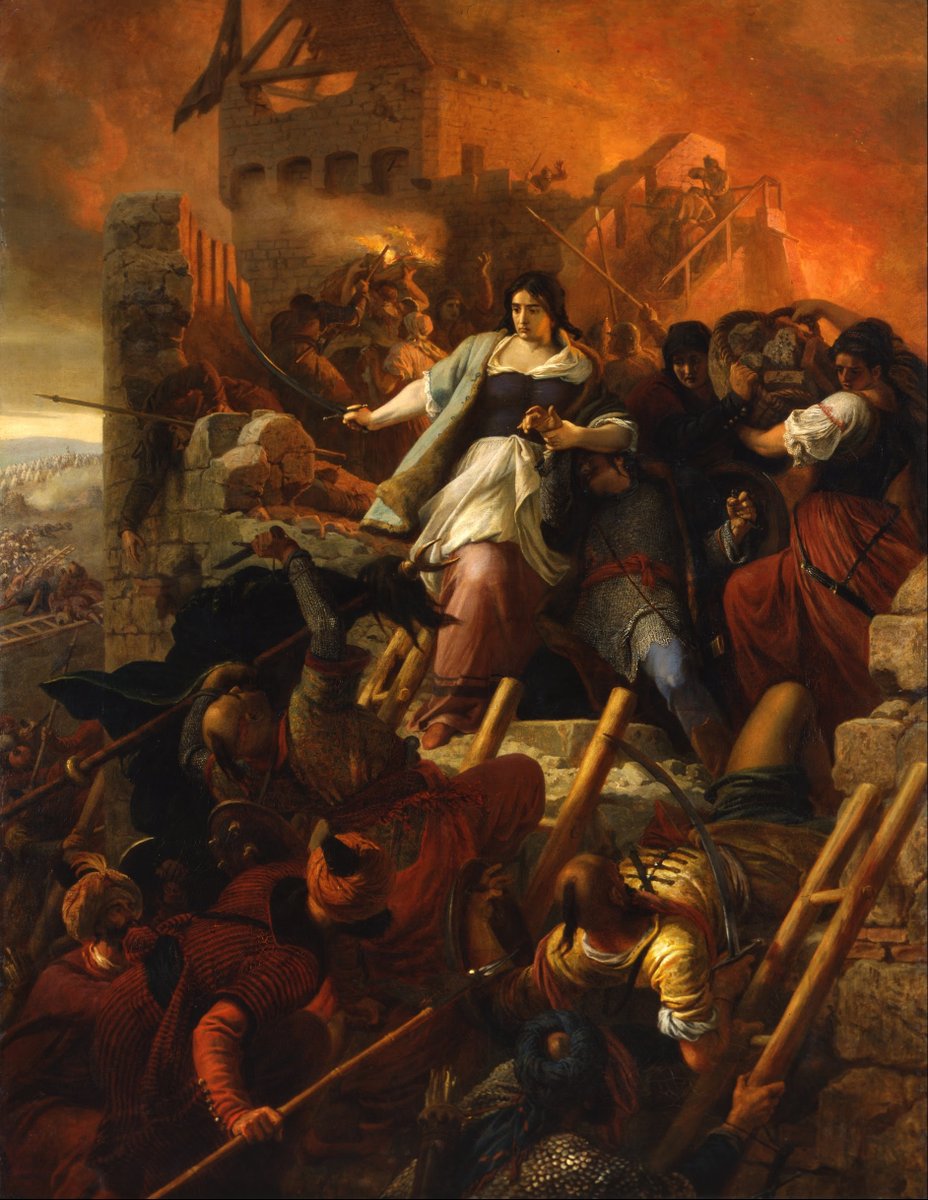
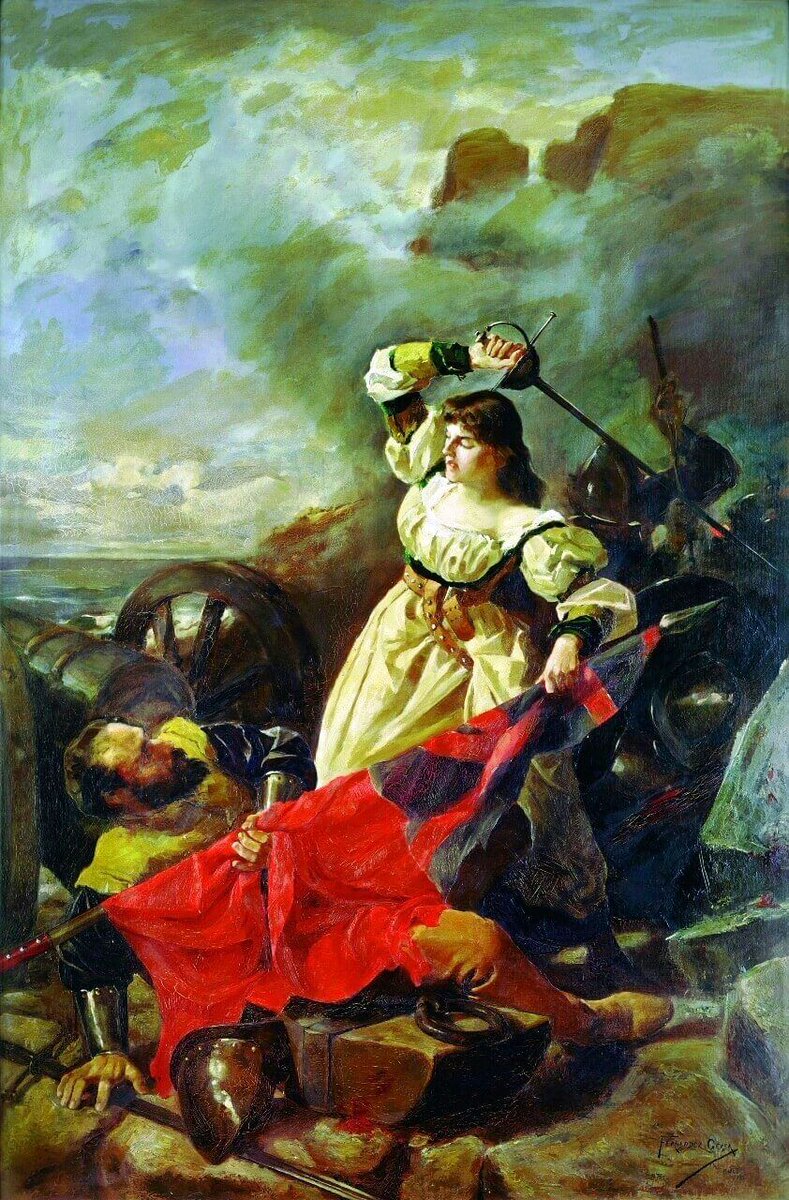
Women were actually behind one of the most spectacular medieval kills during the Siege of Toulouse in 1218 when the commander of the besiegers Simon de Montfort had his head blasted off by a stone shot from a mangonel operated by the "ladies and girls and women" of Toulouse. 
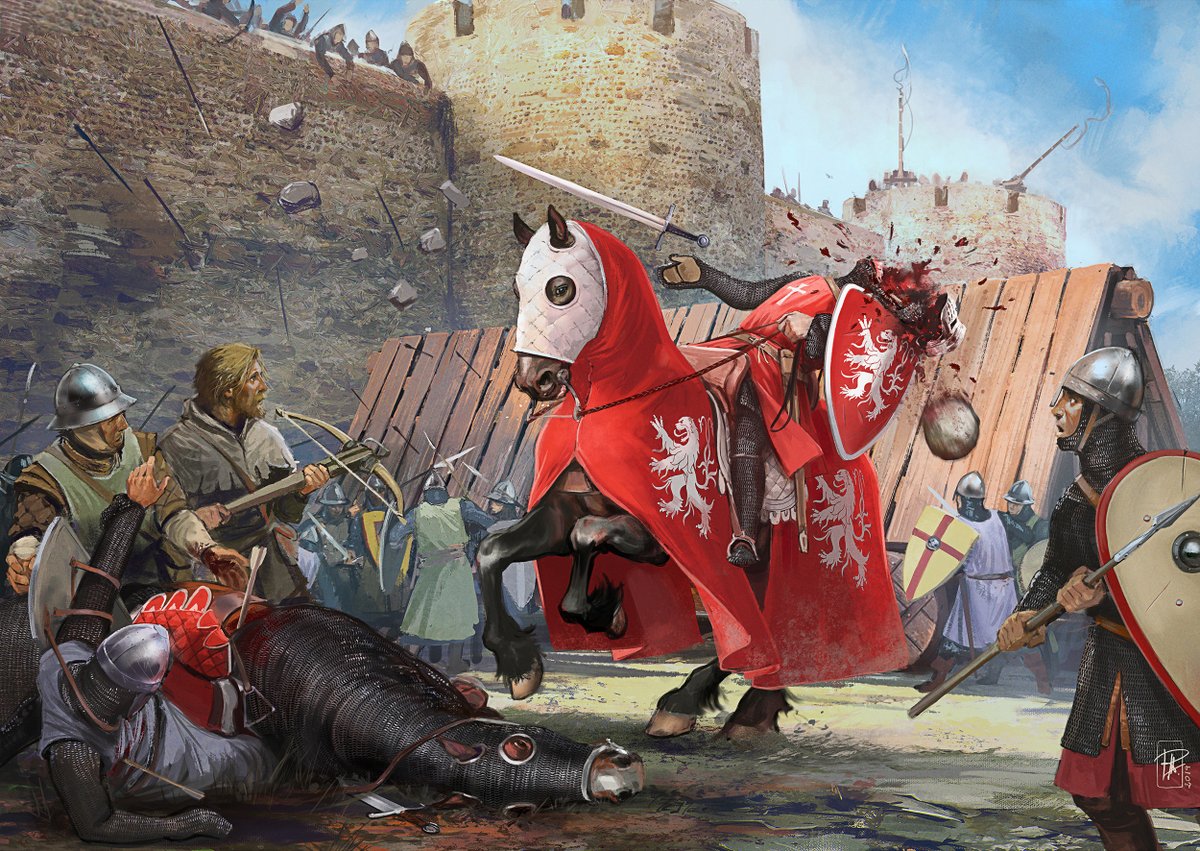
Much of medieval warfare revolved around sieges. Many sieges were long, exhausting and brutal. Often no mercy would be shown to the defeated defenders and many cities were violently plundered and massacred. This often brought true fighting spirit out of people, including women. 

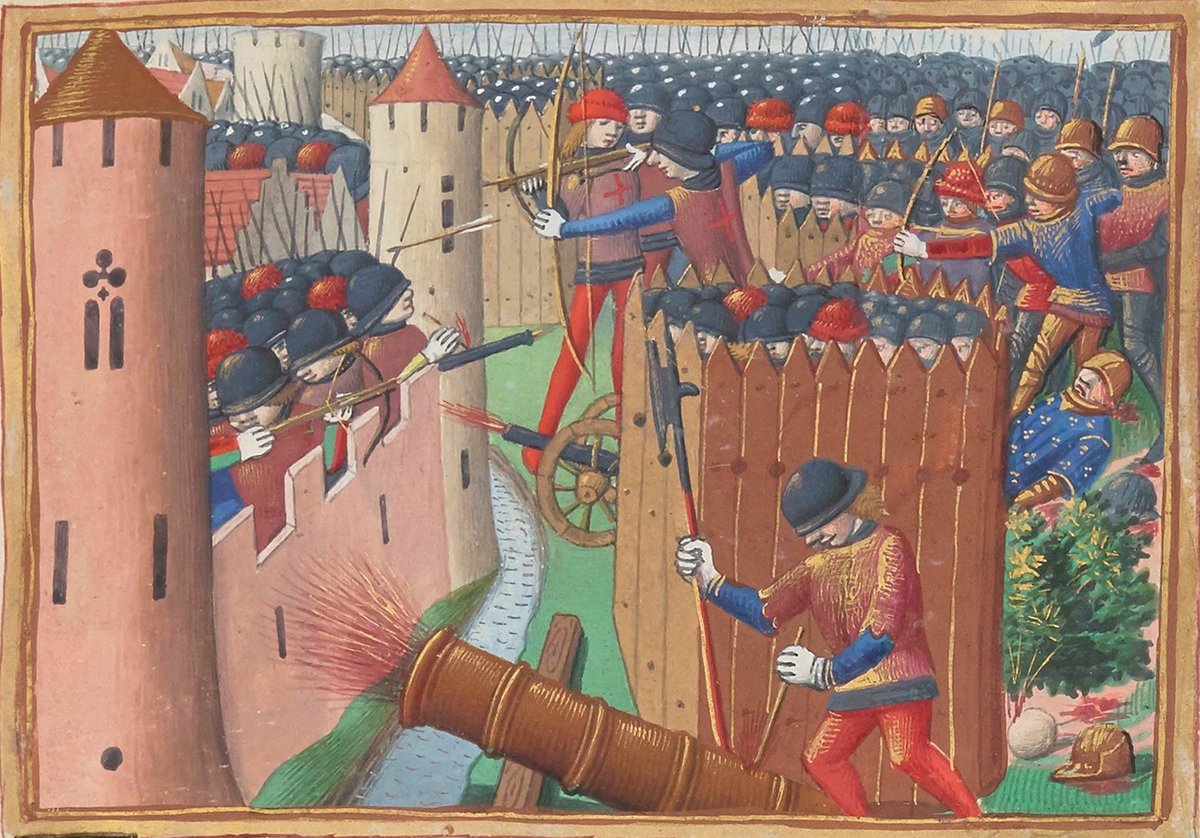
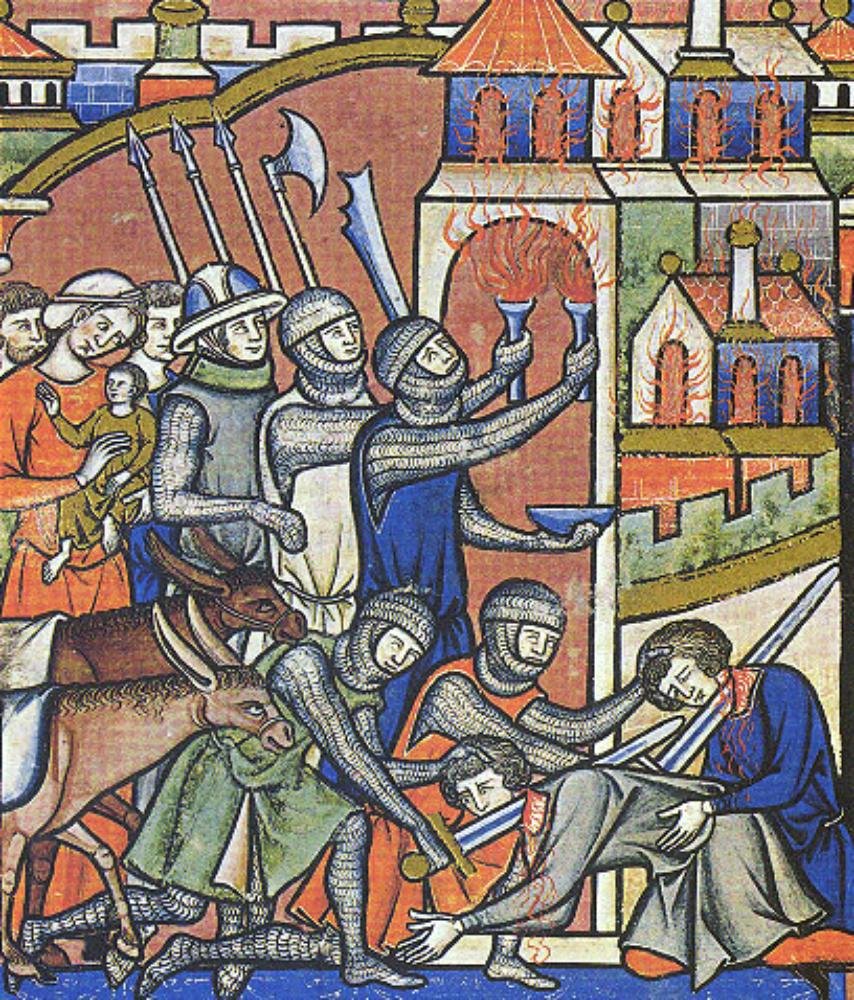
During sieges, women would often help defending cities by throwing rocks or boiled water on the besiegers. But sometimes they also engaged in hand-to-hand combat alongside men. This was usually when things got really desperate and when the garrison simply lacked enough men. 
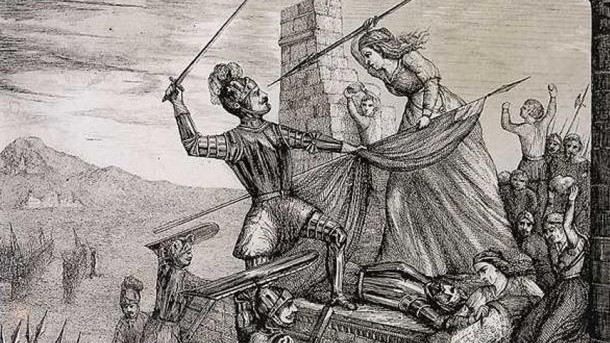
One of such cases was in 1472 when the city of Beauvais was besieged by the mighty Burgundian army of Charles the Bold and was defended by only 300 French knights. In this desperate situation, women picked up weapons and joined the men to help fight off the enemy. 

When one of the Burgundian knights tried to plant a flag on the battlements, a woman armed with an axe Jeanne Laisné attacked him, overpowered him and hurled him into the moat together with the flag. This boosted the morale of the garrison which eventually repelled the attack. 

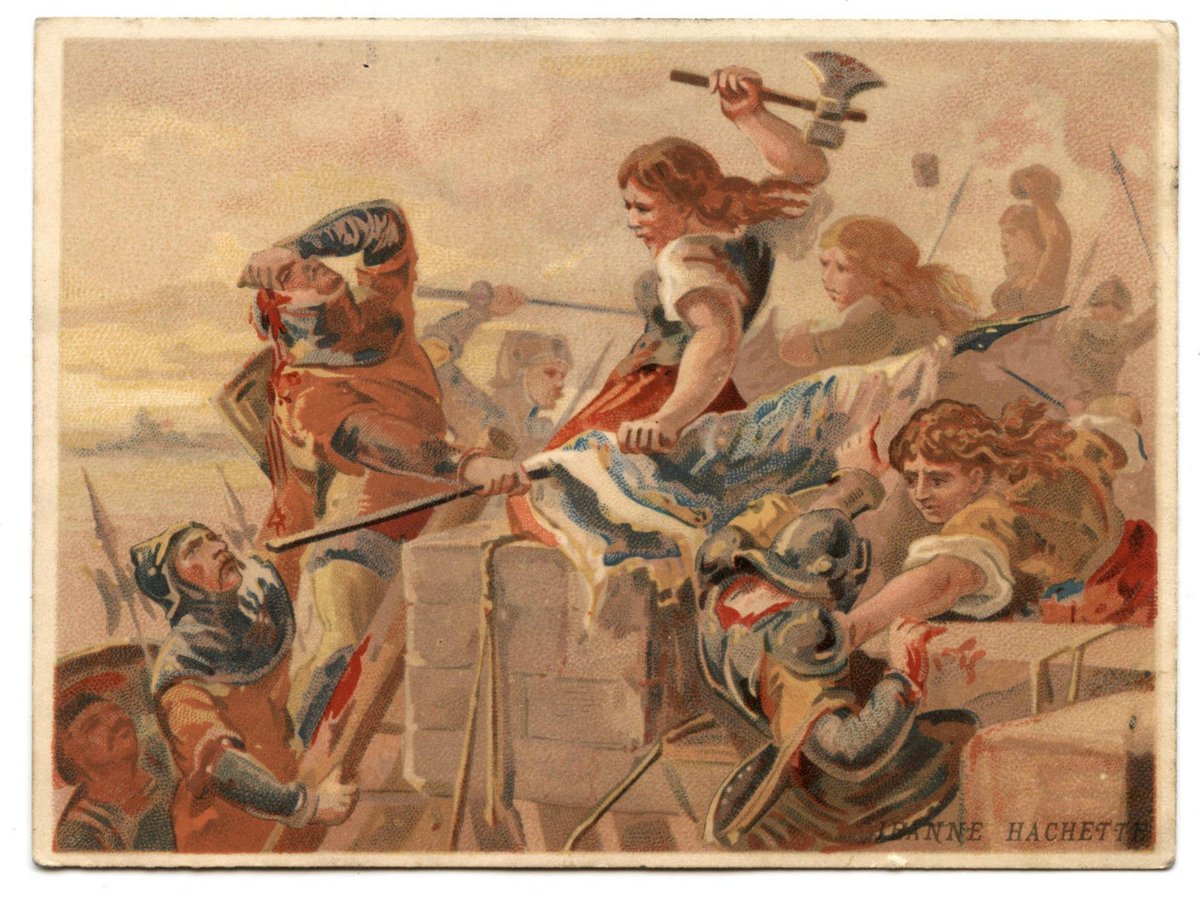
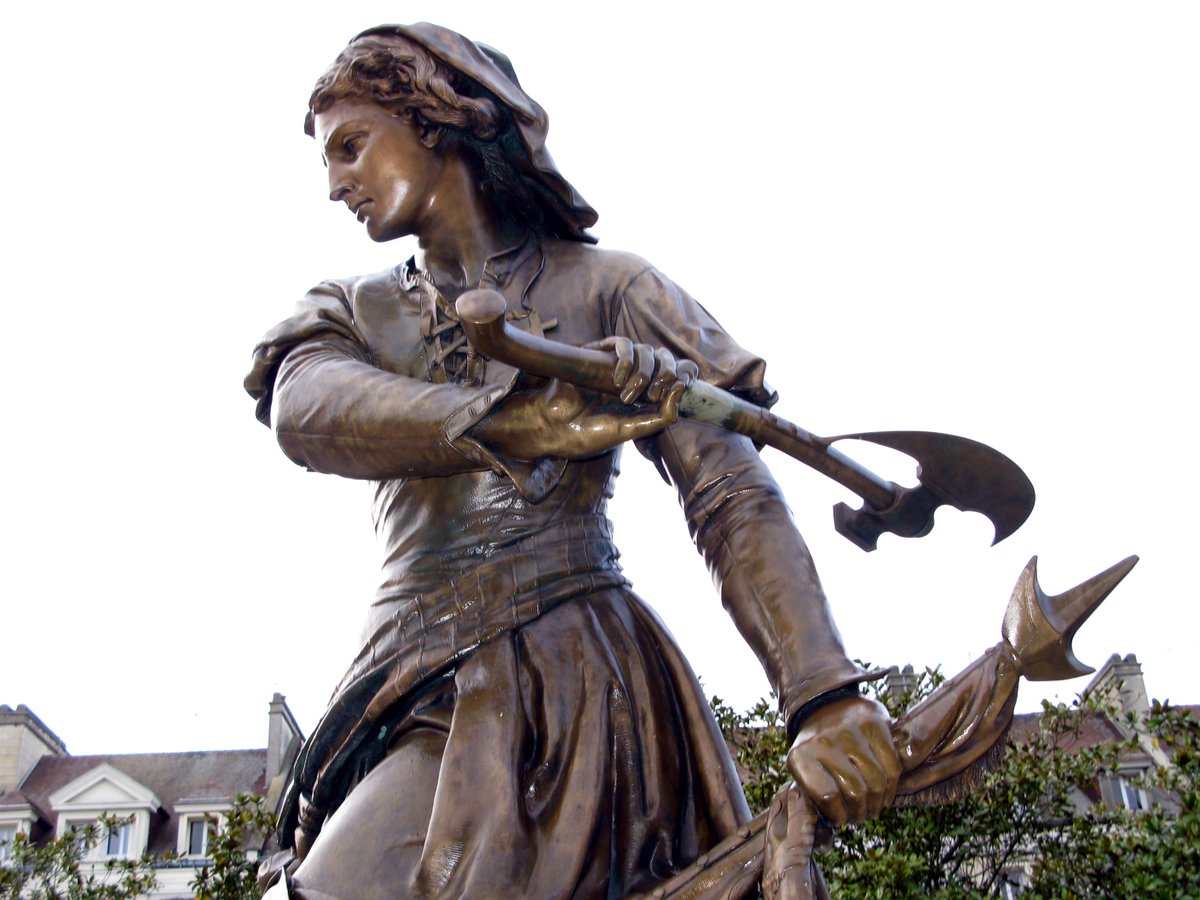
Jeanne, who was nicknamed Jeanne Hachette, was greatly awarded for this deed by French King Louis XI. A procession was instituted in her honor in Beauvais called the "Procession of the Assault" which is still held in this ancient French city to this day. 
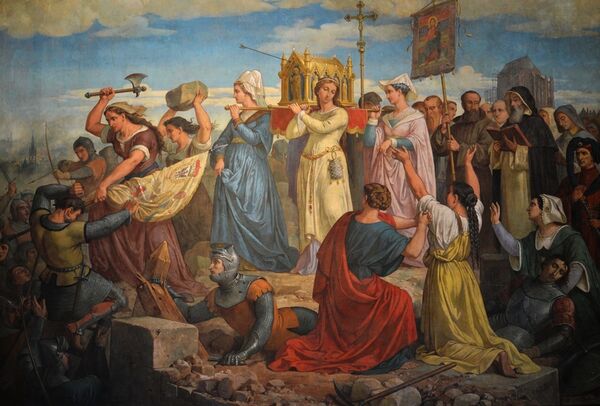
Another one of such cases was during the Spanish Reconquista in the Catalan city of Tortosa in 1149 which had just been conquered by Christians from the Moors a year before, but after the crusaders left the Moors tried to retake the poorly garrisoned city. 
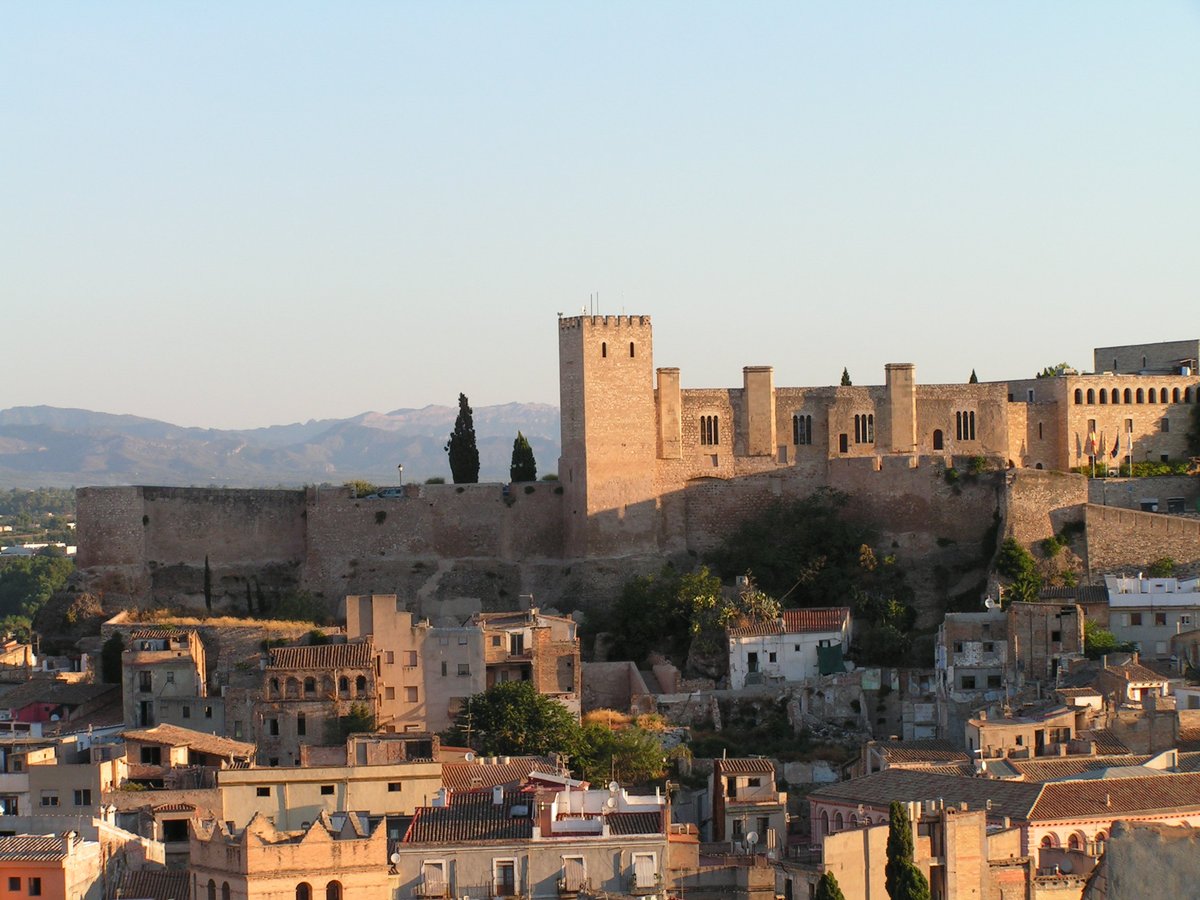
The city lacked enough men to defend so local women had to join the fighting. The attack was successfully repelled. Count of Barcelona Ramon Berenguer IV was so impressed by the women who took part in fighting that he instituted a special honorary chivalric order for them. 

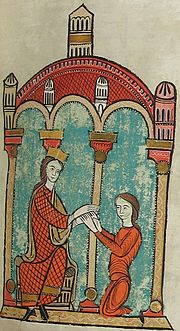

This symbolic chivalric order of women was called the Order of the Hatchet because women fought with hatchets and other improvised weapons. The women of this order were described as knights in feminine form equitissae and militissae in sources and were exempt for taxes. 
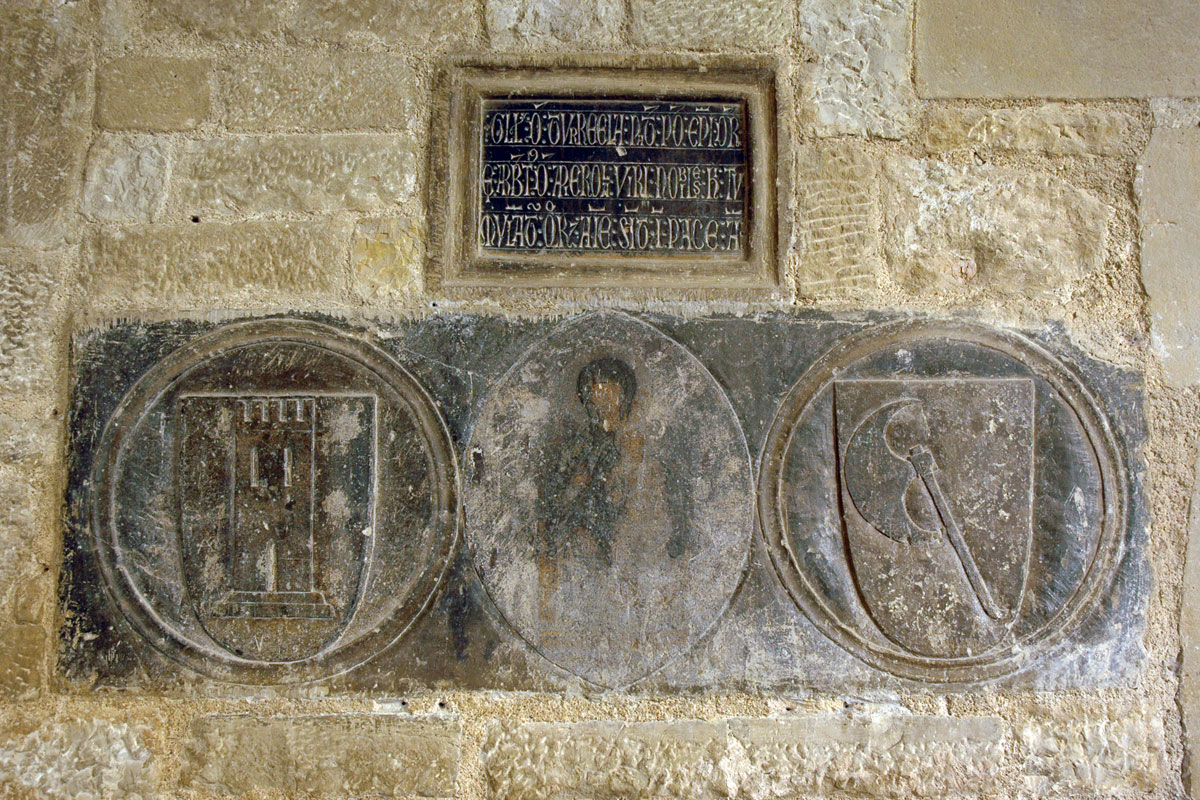
They were not the only Catalan women who became famous for their bravery. During the 1285 siege of the Aragonese town of Peralada by the French, a local Catalan merchant woman called Mercadera managed to capture a French knight outside the city near her garden. 
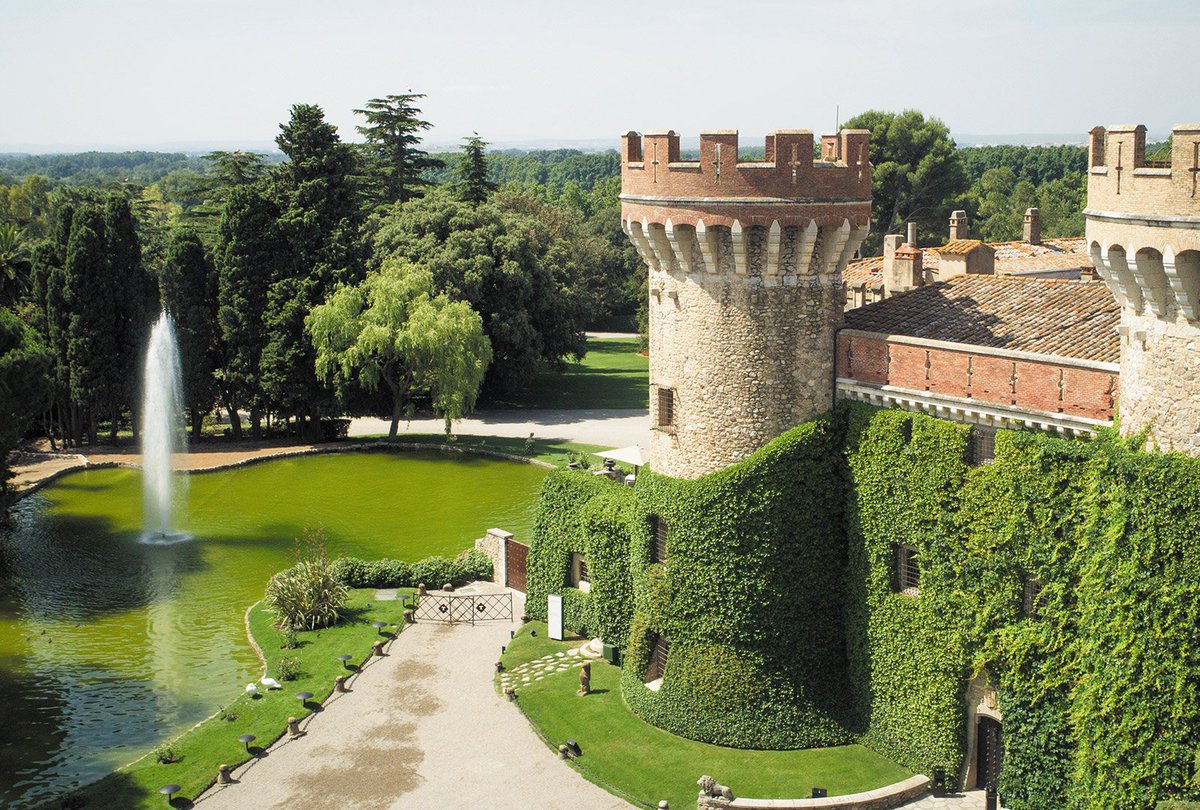
This was recounted by the famous Catalan mercenary Ramon Muntaner who described Mercadera as tall and strong. She went to her garden armed for protection. There she saw a French knight nearby, took him by surprise and ambushed him. He surrendered to her after he was wounded. 

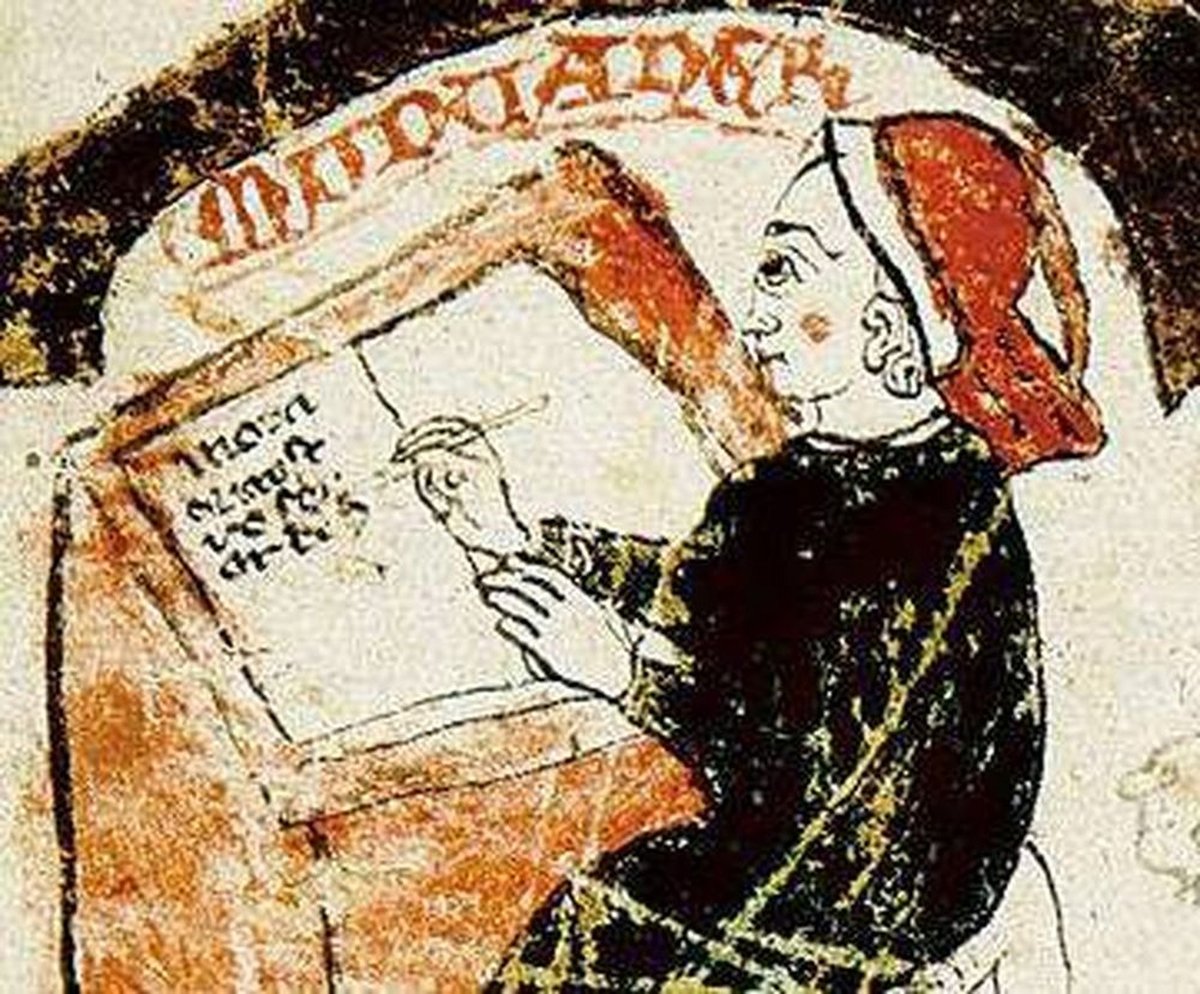

King Peter III was so amused by this story of Mercadera that he had her repeat it many times. He allowed her that she took the armor and weapons of the captured knight, as it was a custom at the time for capturing enemy knights, and the ransom for the knight was paid to her. 
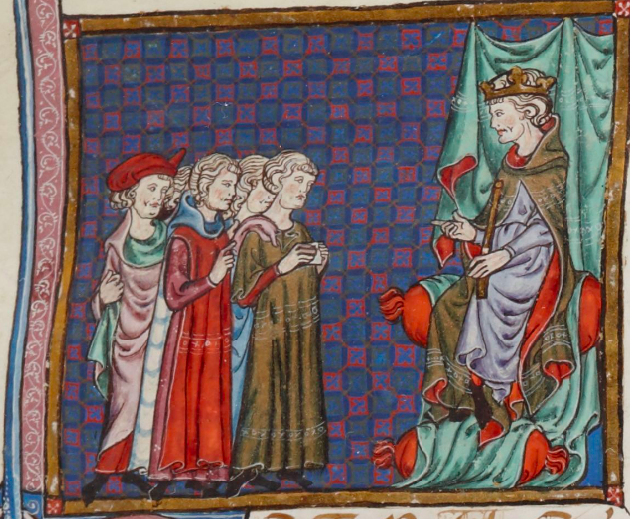
Many centuries later Aragonese woman Agustina de Aragón famously participated in 1808 Siege of Zaragoza during the Napoleonic wars in Spain where she operated a cannon after she saw the crew was dead, inspiring bravery and lifting the morale of the outnumbered defenders. 

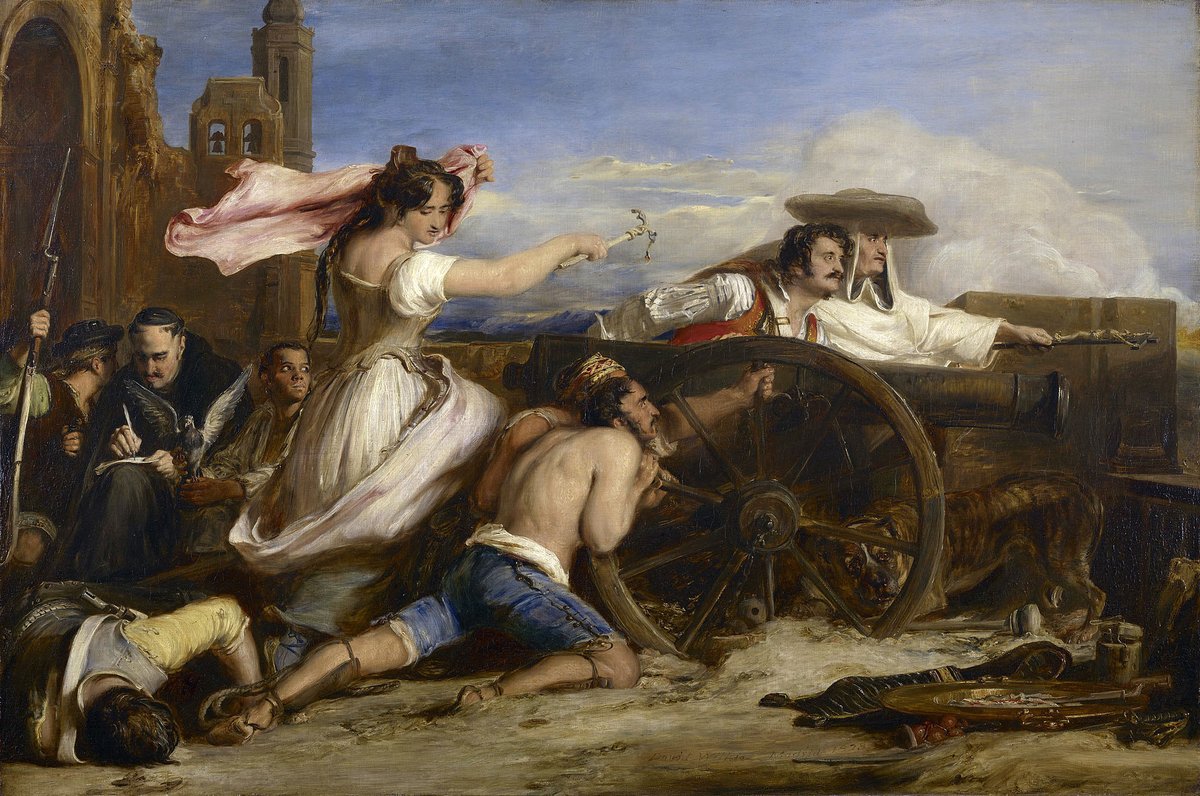

During the heroic defense of Hungarian fortress of Eger in 1522 women also took up weapons and helped the defenders fight against the Ottomans, fighting from the walls and throwing rocks at them. This was depicted in Hungarian art many times over the next centuries. 


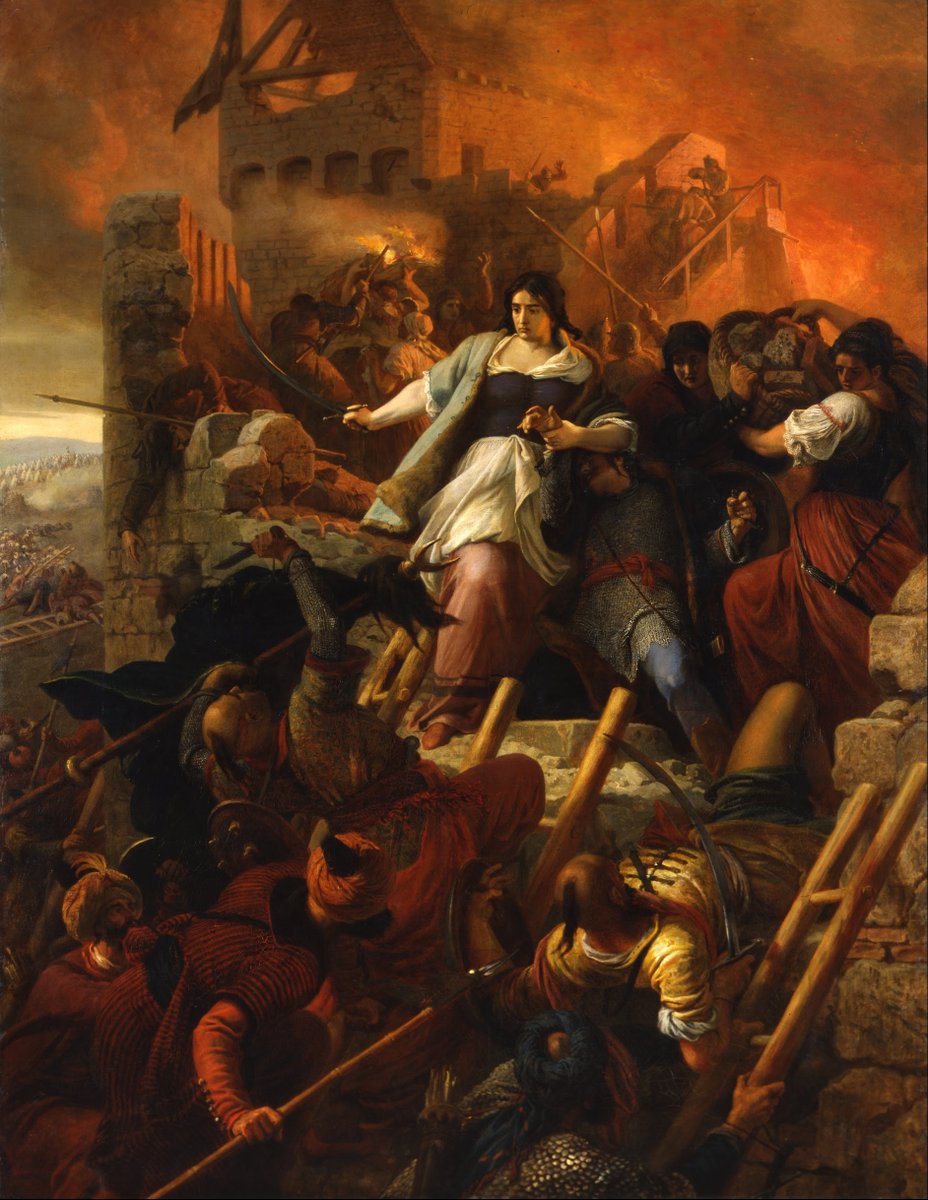
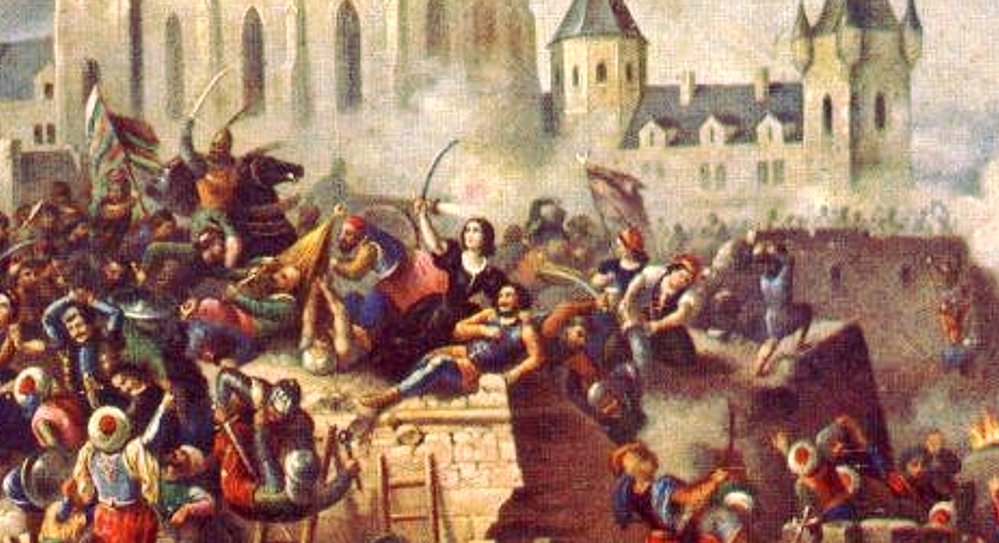
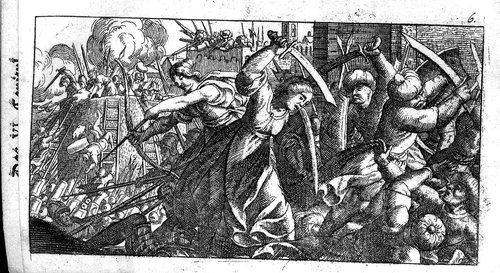
Names of five Portuguese women who helped few hundred Portuguese men defend the port of Diu in India against the Gujarat Sultanate in 1546 are mentioned: Catarina Lopes, Garcia Rodrigues, Isabel Fernandes, Isabel Dias and Isabel Madeira. 
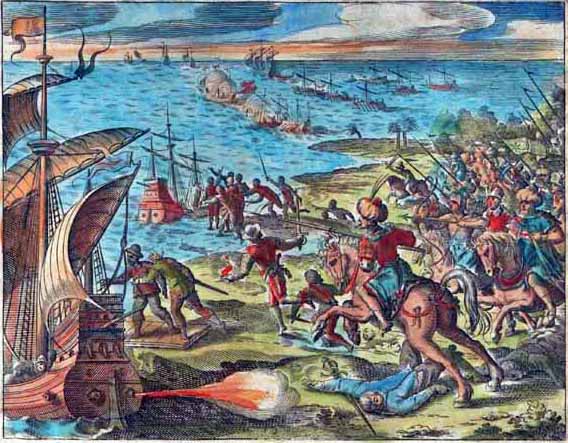
Out of these women Catarina Lopes particularly distinguished herself as she wrestled down one of the enemy soldiers, put her fingers in his eyes and plucked them out. The Portuguese successfully defended Diu after a brutal battle against a much larger force. 

Similarly in the 1572-73 Siege of Haarlem, a widow of a shipwright Kenau Simonsdochter Hasselaer became a folk heroine after she assisted the defenders in fighting against Spanish. According to a legend she led 300 women against the Spanish which was romanticized in 19th century. 



There were many other women who fought in sieges and became praised for it. Camilla Rodolfi who commanded a group of women to help defend the city of Vigevano in 1449 against the Duke of Milan Francesco Sforza, or Gesche Meiburg, the "Joan of Arc of Braunschweig" in 1615. 
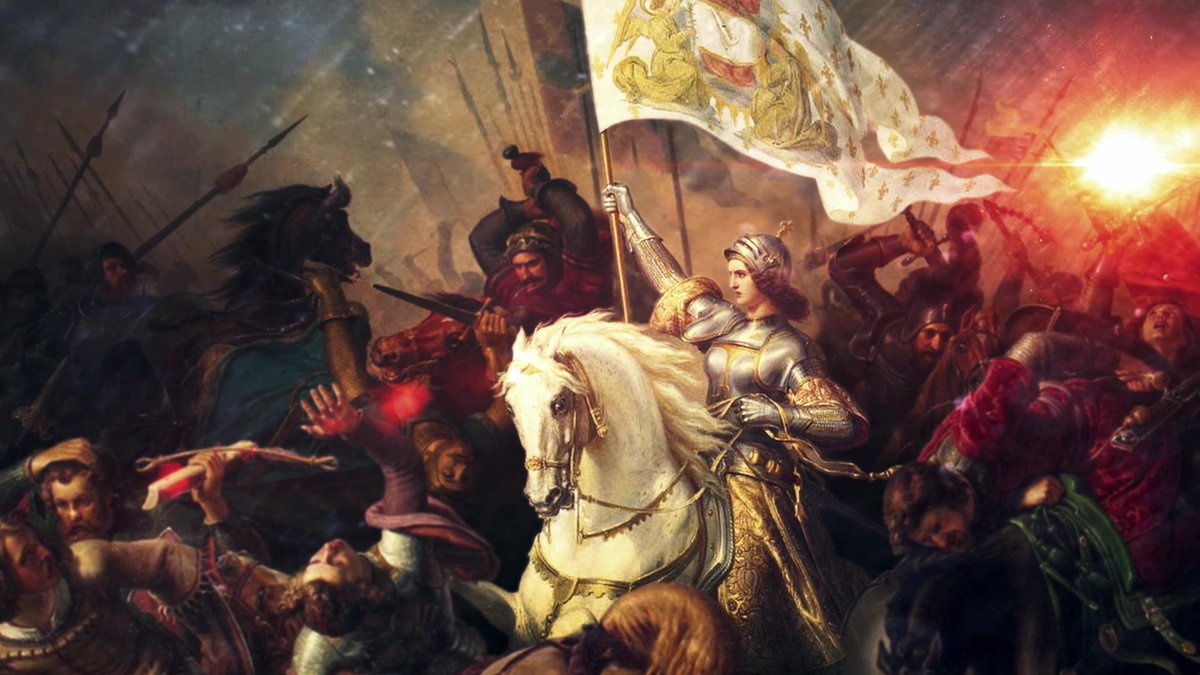
But the most impressive was definitely the Spanish heroine María Pita. During the 1589 Defense of Coruña against the English she defeated an Englishman in combat and took the banner out of his hands. After killing him she famously shouted "Whoever has honor, follow me!" 
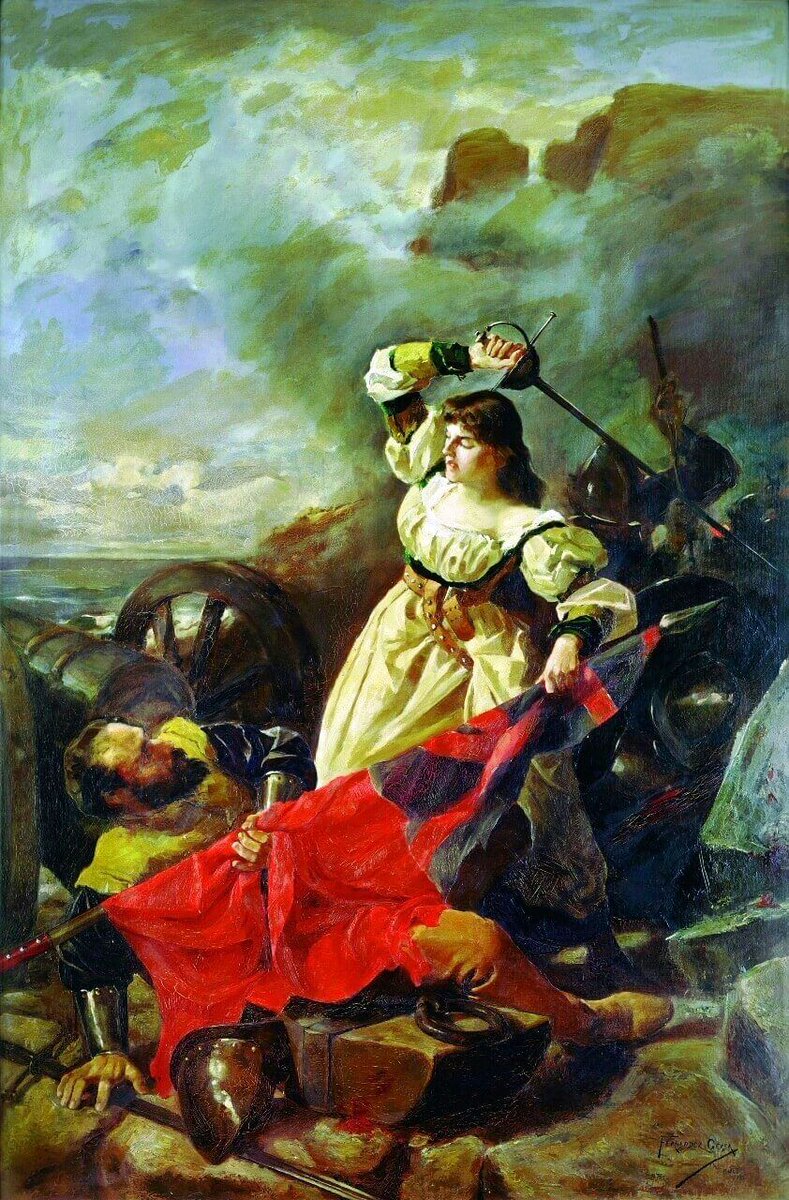
Maria's husband was killed by a crossbow bolt during this siege so King Philip II granted her the pension of a military officer after him. She became widely celebrated and a giant monument is dedicated to her in Coruña. 
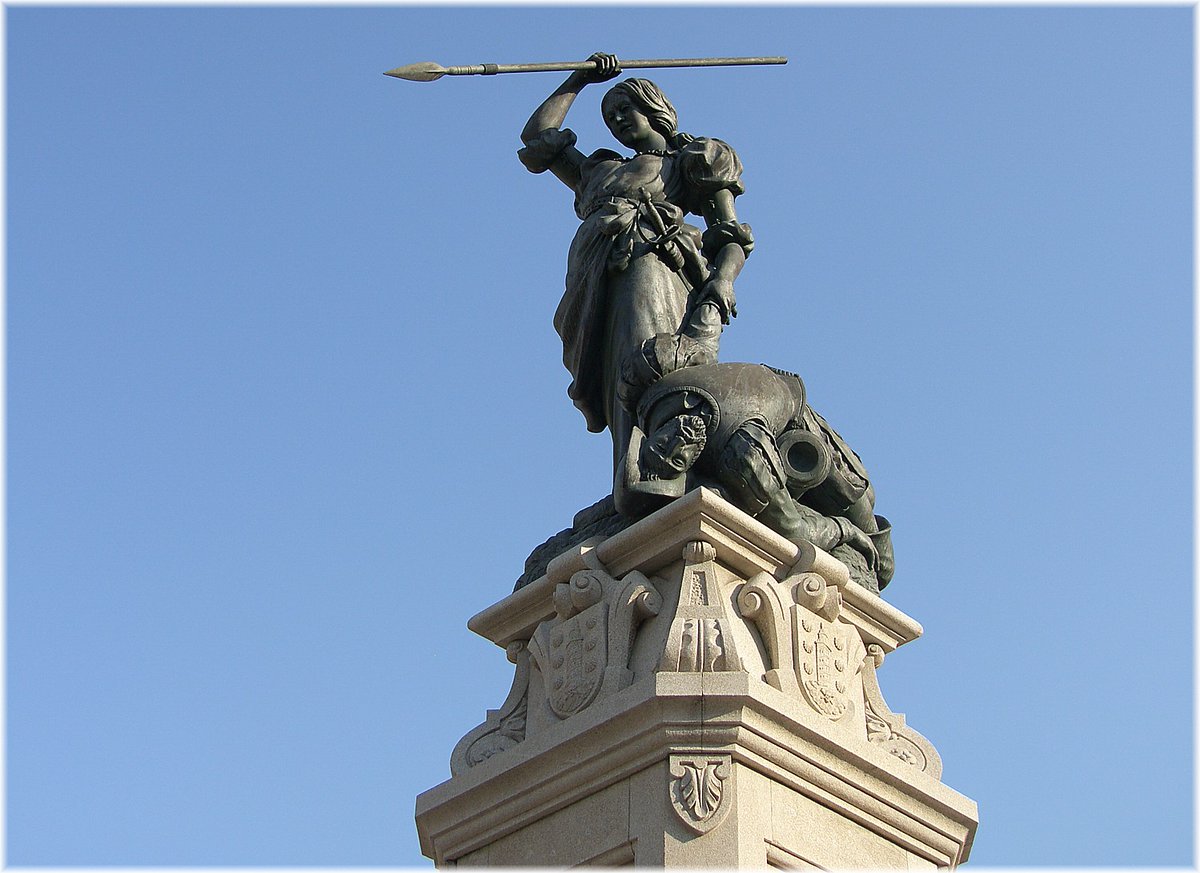
• • •
Missing some Tweet in this thread? You can try to
force a refresh


